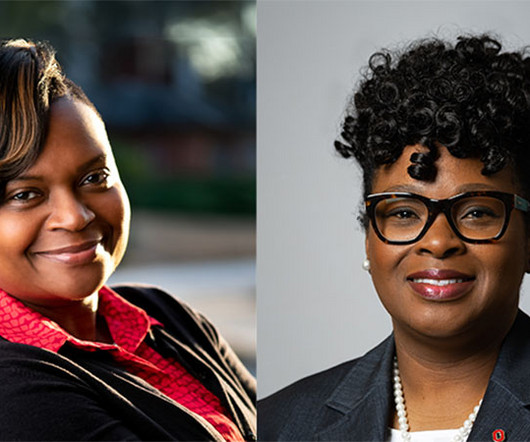Homeland at Home Launches Community-Based Palliative Care Program
Hospice News
AUGUST 19, 2022
The provider’s palliative care team includes a physician medical director, social worker and nurse practitioners who now offer in-home palliative care to adult patients 18 and older facing a serious illness. “As of the state’s overall population by 2030, a rise from 19% currently, according to the U.S. Census Bureau.












Let's personalize your content